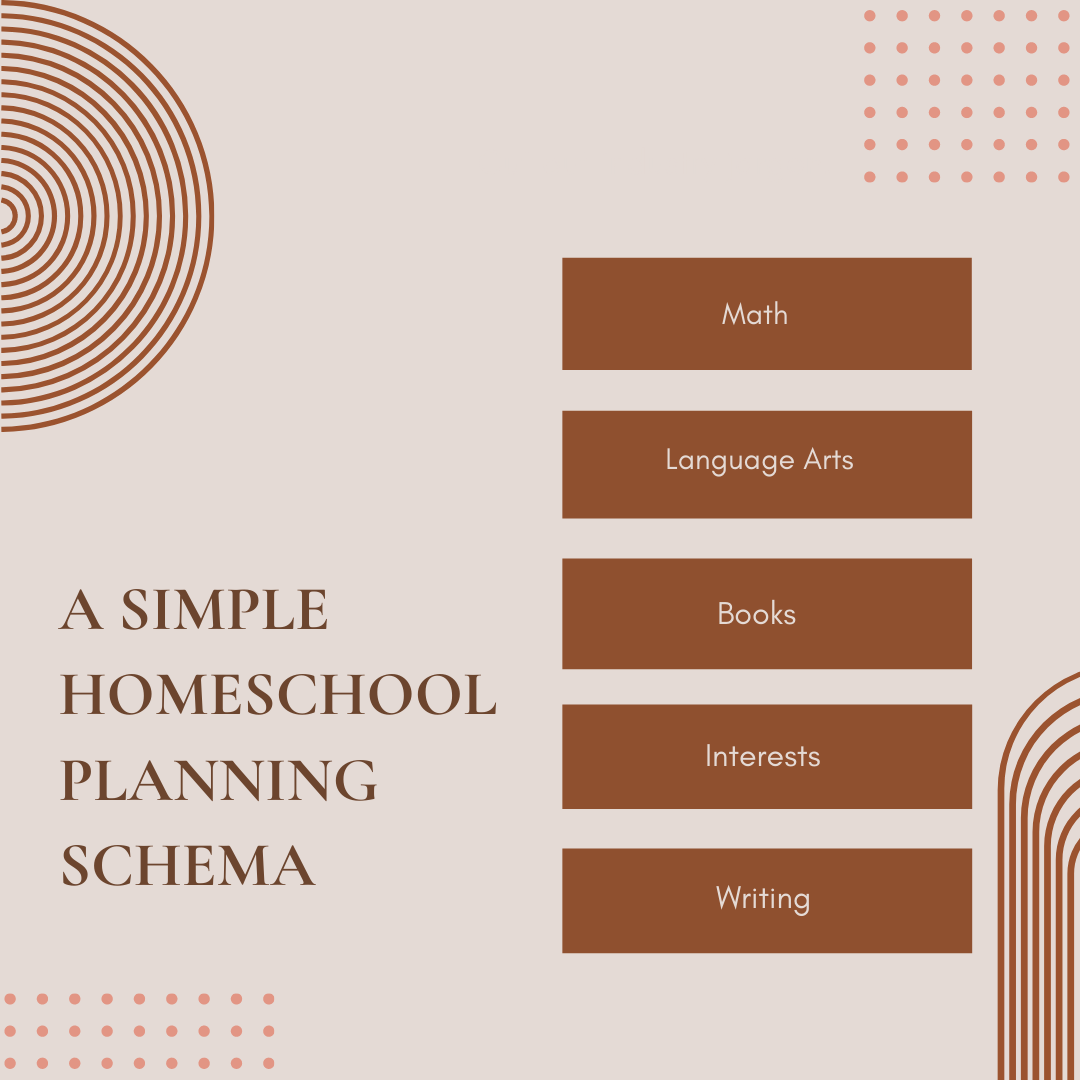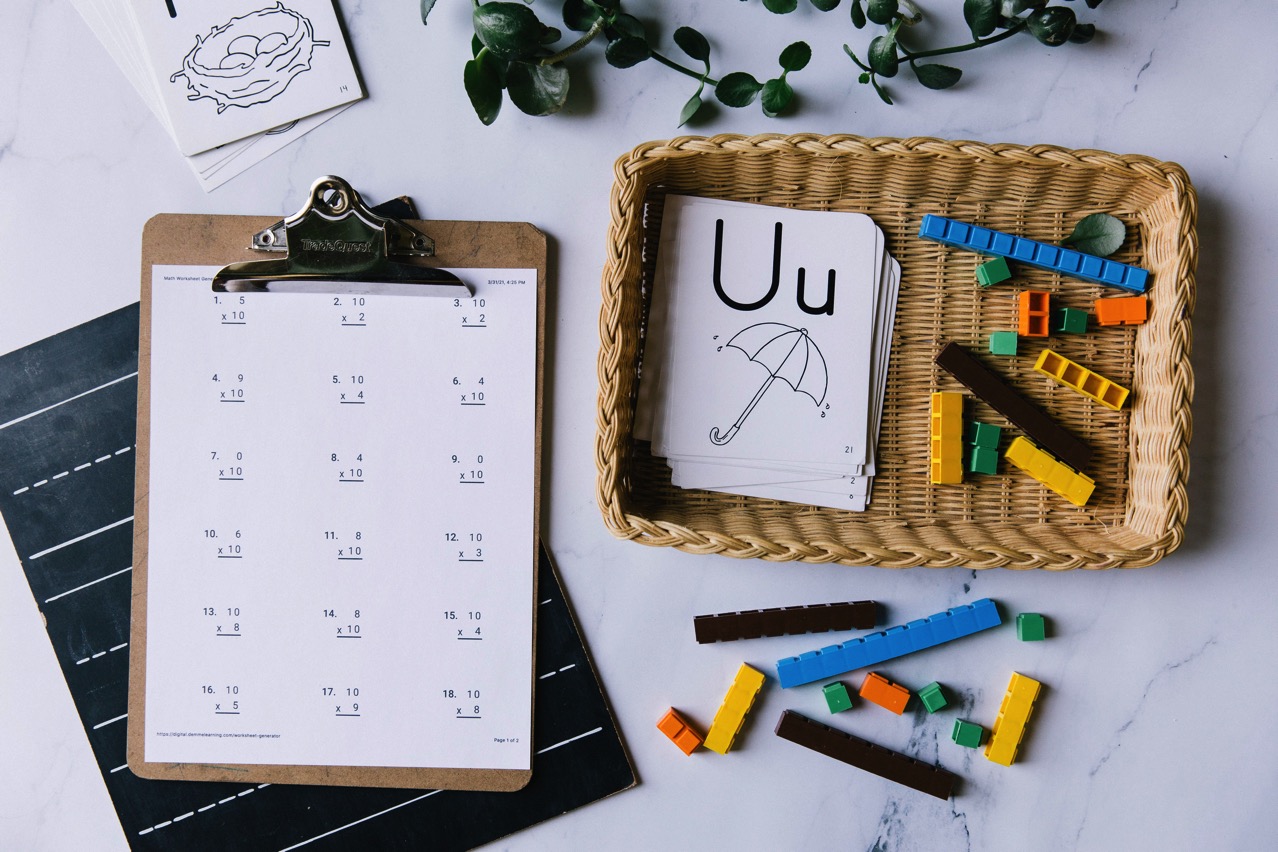The first year that we started homeschool, I spent hour upon laborious and hour planning my year. I gathered books, researched websites and made checklists of my own checklists. Field trips, flash cards, cinnamon play dough and perfectly scheduled Christmas breaks had to fit in just so. I can’t blame myself! My eyes had just been opened to the wondrous world of homeschool and I didn’t want to miss anything!
A few short weeks in to our first “term”, we were chucking books and activities like the Titanic was sinking. (These funny little things called Life and People were messing up my plans.) Nature journaling got replaced with YouTube documentaries and colorful encyclopedias. Guiltily, I shelved classic books with dry language and let my children loose in the non fiction section of the library.
Each week the checkmarks on my perfectly paced and sequenced reading schedule began dwindle until they disappeared completely. Seems like I kind of forgot to pencil in those marginal 10.6 hours a day for feeding, clothing and general administration of six people living together in a house. (If you don’t think that’s part of homeschool planning, well, it is!)
As the weeks went by, I saw that learning was happening without calendars, checklists and philosophical dogma that had been my security blanket in those early days. It seemed that by simply focusing on the main things, all the little details were filling themselves in. As we anchored our day with a handful of essential practices, the need for static plans faded. We found ourselves gliding through learning experiences, stumbling into “aha” moments, and clocking long hours of creation and discovery.

This is one of the greatest and most liberating lessons I have learned about homeschooling: by keeping the main things the main things, the details that we often fret over fall into place on their own. (You can read about our daily anchors here!)
Through the years, I have boiled my planning down into a simple schema that I fill in with a few essential resources. The purpose of my schema is to help me pick what we are going to learn every year and then select resources to plug in.

1.) Language arts. Choose one language arts curriculum. Language arts is a broad term that covers many subjects, which includes phonics, spelling, writing, grammar and handwriting. Here’s a secret: your child doesn’t need all of these things at once! In fact, you’ll find that one subject often covers several others. For example, a phonics workbook will cover handwriting practice and beginner spelling. Until your child is a fluent reader, choose a phonics curriculum. From there you can move to whatever you feel your child needs practice on, such as spelling or handwriting. Keep it simple by focusing on one area of language arts at a time.
2.) Math. Choose a math curriculum. There is no one right or best math curriculum. As Mr. Incredible would say, “Math is math!” It really is. Math curriculums are simply different formats for the same information: addition, subtraction, multiplication, division. Rather than thinking in terms of content, think of it in terms of format. Learning math concepts is a very individual process, so just know that you might have to try a couple of different curriculums before you land on the format that works for your child. That’s perfectly normal. (Choosing to pivot mid-year might sound scary, but it is no scarier than your child being stuck in a curriculum or classroom that causes them distress!)
3.) Books. Read, read, read! This is a super routine covers so many bases for us! Diligence to the practice of reading widely covers an amazing amount of “school”. The more we focus on enjoyment of books, the more we learn. In our homeschool traditional school subjects (geography, history, science, literature, art) are covered by well-written children’s books. I like to use a literature-based curriculum because it does the work of finding the best books and projects for me. I don’t follow them to the tee, but instead choose books and activities from them like a menu and plug them in wherever it works for us. We keep our baskets filled and read daily.
4.) Interests. What about all the other wonderful things a person could learn? What about music, art, handcrafts, poetry or Shakespeare? I took the burden of making this decision off my shoulders and let my kids do it. (You can read all about our guiding homeschool philosophy here!) Every few months I ask my children if there is anything they’d like to learn or a project they’d like to work on. Right now my ten-year-old is learning interior design with a 3D modeling program, while my eight-year-old is learning how to master the Rainbow Loom.
5.) Writing. Writing practice needs no curriculum at all! Just write a few times a week. Journaling, writing letters, responding to writing prompts, or simple copy work all add up. For pre-readers, oral narrations are the building blocks to writing. You can have younger children narrate orally for writing practice, or you have them dictate while you write. (This makes for some really cute journal entries!)

We spend about sixty to ninety minutes a day on formal learning (math, writing, language arts, reading aloud). The rest of the time is free for free reading, creating, following interests and just living life. This way I also have abundant room in my week for the administration of life with six people in one house. This is not only necessary, but simply cannot be separated from the experience of a great home education!
As for pacing, scheduling or plotting anything onto a planner–aka micro planning–we don’t do either. We simply do a little of each thing in our schema every day: a math lesson, a page or two of phonics, a chapter of a book, a journal entry, a narration–and then pick up where we left off the next day. We finish when we finish! (And sometimes we just don’t.)
My schema coupled with the pick-up method helps me to sidestep FOMO and enjoy the process of making our home into a well-stocked learning lab.
For details about curriculums that we use, you can peruse this page where I’ve recapped all of our school years with the curriculums and methods we used or this page where I list all of our favorite curriculum.
Here are some favorite resources we have plugged into our schema over the years:
Phonics: Explode the Code Series
Spelling: Sequential Spelling
Math: Math U See
Literature-Based Curriculum: The Peaceful Press
When my schema has been filled in with the supplies and resources we need, I can sharpen pencils, over-organize our bookshelves and enjoy dreaming about how this year really will be the best homeschool year ever.
I hope this helps you simplify and feel less overwhelmed in your homeschool. If you want help setting priorities or taking a deep dive into creating your ideal homeschool day, check out my course Whole Family Learning Rhythms! We cover how to set up a day with learners of multiple ages.
Drowning in curriculum choices? Check my course Curriculum with Confidence. Or check out our curriculum favorites here!
If you’re not sure what subjects you should cover, check out My Simple Homeschool Planning Schema.
If you enjoyed this post, you can get them straight to your inbox by subscribing to my monthly newsletter where I talk about faith, motherhood, and homeschooling. You can also follow me on Instagram where I post monthly highlights along with my latest blogs!